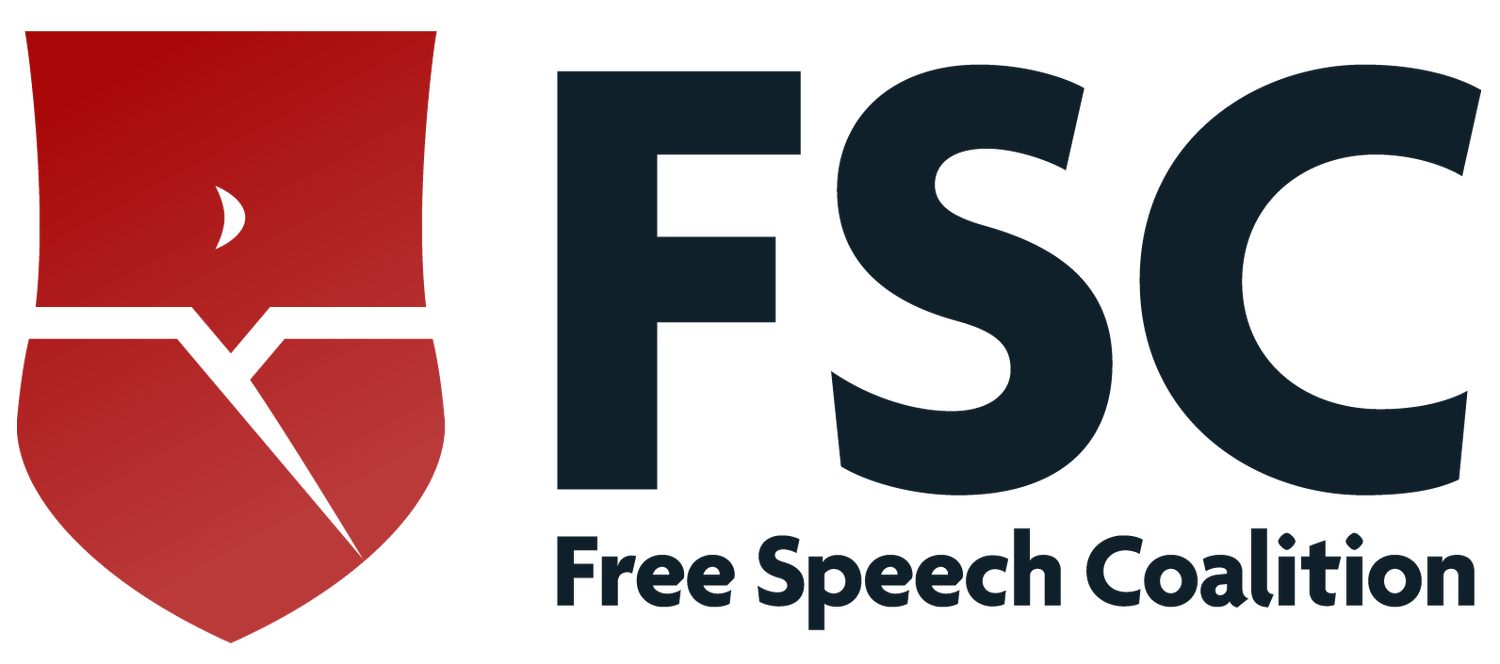Engage In Conflict Resolution Practices
Seek an alternative to legal processes through mediated conflict-resolution.
What are the benefits?
Conflict-resolution can help you seek your own resolution with the person who did you harm outside of legal processes.
You can choose to stop the conversation at any time.
By agreeing to a method of conflict-resolution, both parties are showing a desire to make amends.
Conflict-resolution methods encourage the offender to apologize, acknowledge, and repair the harm they have done.
Potential forms of justice can include your community and/or forms of repair that you see fit, such as through an apology or help meeting expenses.
You can include support person(s) and/or your larger community.
Mediators are often trained to facilitate the conversation in a helpful way.
You could potentially protect your community from further harm.
What are the potential risks?
Enforcement of the agreement between you and the offender can be difficult to reach through informal processes, but community organizing against your perpetrator may help create accountability.
If both parties aren’t fully committed to restoring harm, mediation will not work.
Methods such as restorative justice for individual instances and transformative justice for systematic change require a community to hold perpetrators accountable. Because the adult industry as a whole does not currently have the community accountability skills needed to use these methods, mediation using conflict-resolution tactics and community organizing could prove to be an alternative method to restoring harm.
Just like therapists, crisis counselors, and lawyers, not all mediators are sex work friendly. It is important to find someone who will be professional and non-bias. If the first person you talk to is not the right fit, find another professional who will better lead the informal process.
How can I prepare?
Think of who you would want to be there to support you during the process.
Consider what outcomes you are looking for.
Get a sense of your where your boundaries are in relation to a resolution.
More information about transformative justice and community organizing:
Project Nia has a “Building Accountable Communities Toolkit” to address harm on a larger scale as a social movement.
Centre for Justice and Reconciliation has an ongoing account of restorative justice activities in over 40 countries.
Conflict Resolution Center is a Maryland based resource center for folks to access low cost or free dispute resolutions. Depending on where you are, options like this might exist in your area as well.
California Conference for Equality and Justice’s Healing Harms project can provide community support for those looking for accountability in instances of serious conflict.
For those considering this option, here is a detailed reflection of restorative and transformative processes.
The Revolution Starts At Home and Beyond Survival: Strategies and Stories from the Transformative Justice Movement are two different books for those beginning the journey of organizing against your perpetrator.
